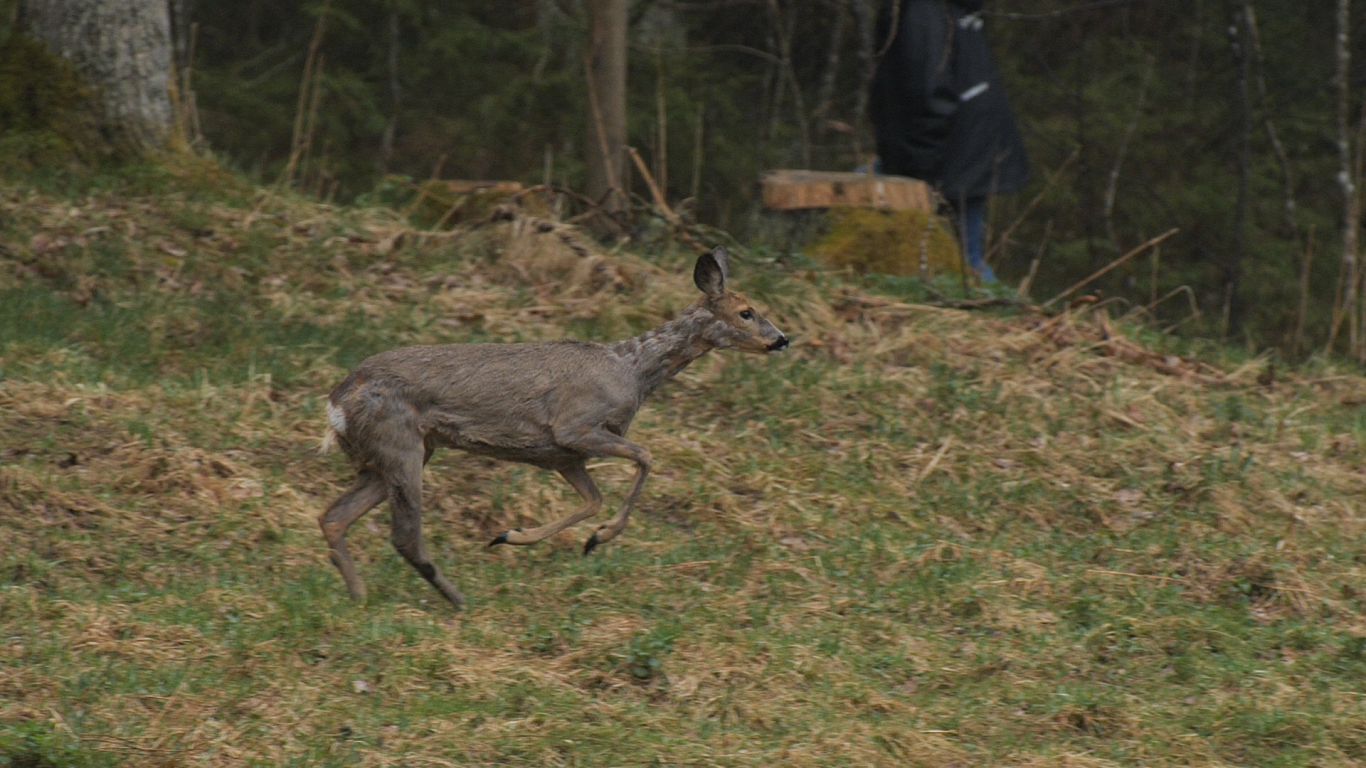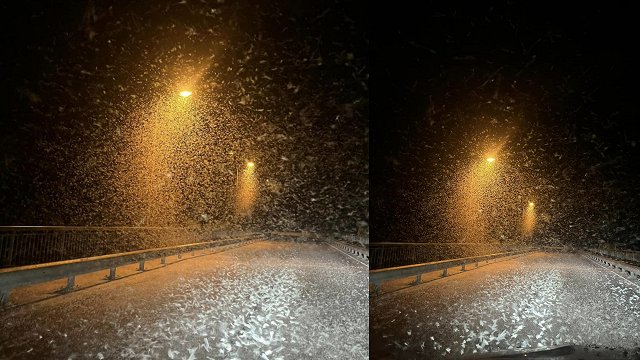Gita Strode, director of the Nature Conservation Agency (DAP), said that “in an ideal world, small animals and mammals should have safe passes at any stage of the road”. Warning signs about wild animals are installed on roads, as well as the permitted driving speed has been reduced, but this all applies to humans, while the absence of animal passes has a significant effect on their migration.
Jānis Ozoliņš, lead researcher of the Latvian State Forestry Science Institute, said that Latvia is increasingly divided into two parts – western and eastern.
"Actually, this means that there are two almost isolated populations on the Latvian scale that cannot exchange in the long term, and will not be able to create stable distribution routes. In other words, if the population is better off in one part of Latvia, it will not be able to reach the other part. At the moment, such a bright example is bears. While the number of bears is nearing 100 in the eastern part, we have one or two in Kurzeme if that," the researcher said.
The Ministry of Transport (SM) does not see a major problem.
Tālivaldis Vectirāns, Director of the Transport Infrastructure Department, estimated that in Latvia, compared to the rest of Europe, the need for such animal movements is considerably lower, because the intensity on the roads is also lower.
Meanwhile, researcher Ozoliņš said that looking through the eyes of a traveler and compared to the situation in Lithuania and Estonia, it was embarrassing. "It's enough to get into the car and try to go to Berlin. I think we'll count some 100 passes. The first few will be in Lithuanian territory, then tens and hundreds will be in Poland and eastern Germany. Europe has already done this," he said.
Scientists have already carried out a survey of different areas of Latvia more than 10 years ago, where it would be necessary to install animal movements, for example, in the road section Rīga–Sigulda. Meanwhile, SM pointed out that there are two roads where animal transfers would be more realistic – Rīga bypass still in the project stage or A7 Iecava–Bauska bypass.
Why there are no examples of animal passes in Latvia until now, Vectirāns mentioned the lack of projects. “If local governments have [road repairs], then there are recovery projects of an existing road. There they intend to put on asphalt at best, gravel at worst. In these cases, there is no construction design for [animal transfers],” said Vectirāns.
One of the projects that will pass through Latvia, as if splitting it into two parts, will be the construction of the Rail Baltica railway infrastructure project. What does it mean for animals and how will their migration be affected?
As head of the RB Rail Territorial Planning and Environment Team Iveta Jēgere stated, during the planning of the project, places were identified where it was necessary to ensure the safe crossing of the railway for animals. It is planned to build a 265-kilometer railway line in Latvia. Train movement is planned to start in 2030 and lines will be built in the coming years, including animal pass construction work.
In the context of the Rail Baltica project, different types of passes have been developed to allow animals to cross tracks safely. They will be both transmission and underground tunnels, but a special free zone will be left near the rivers so that the animals can cross the tracks on land.
There will be more passes in denser forest areas, but less, for example, on the sidelines of large agricultural lands.





























